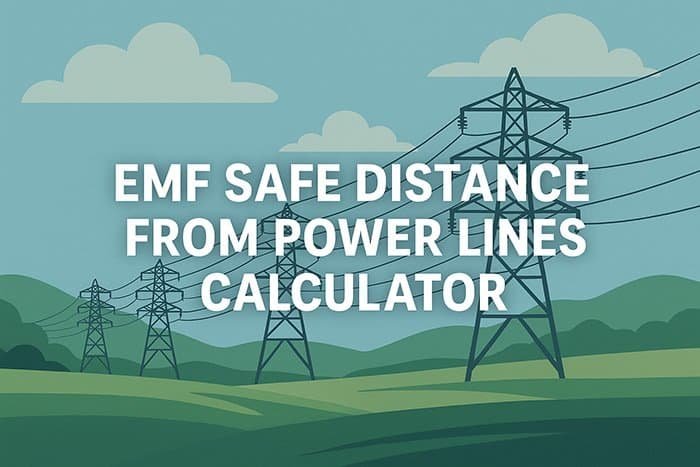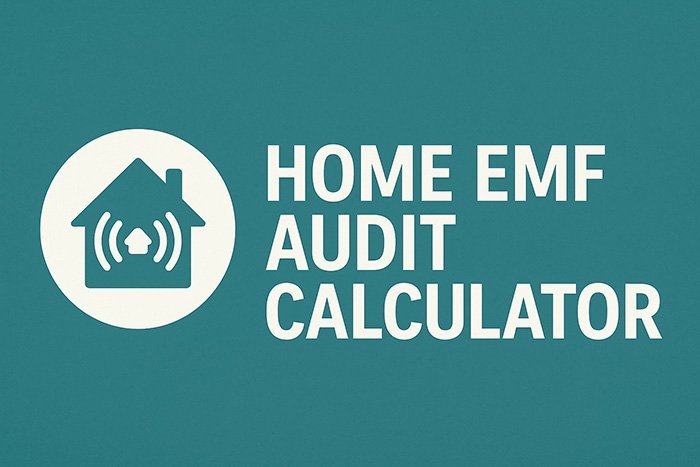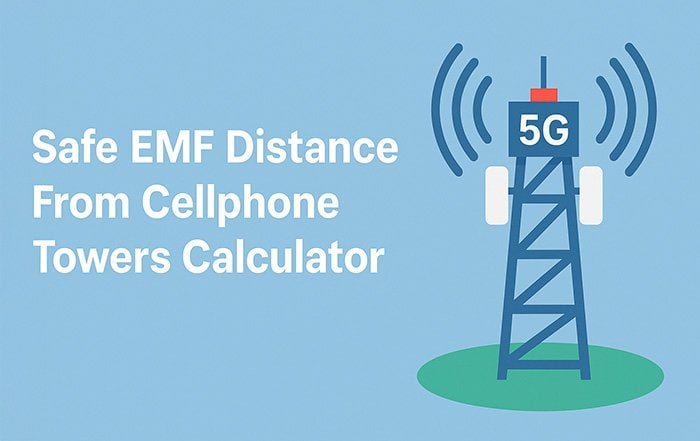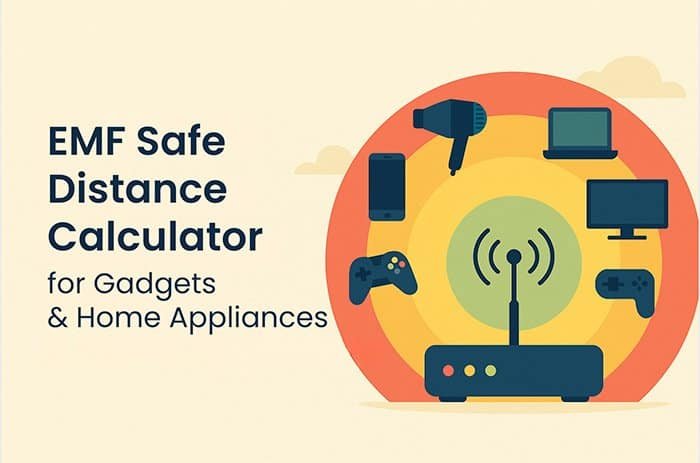Electric railway lines, metros, and subways are known to emit significant electromagnetic fields (EMFs), especially in dense urban areas or locations where homes are built close to the tracks. This calculator helps you determine the safe distance to minimize EMF exposure from these sources—whether you’re living near a suburban commuter line or a city metro rail system.
Based on scientifically validated field data and international exposure guidelines, this tool helps you make informed decisions for property planning, health protection, and EMF-aware urban living.
Why Railway EMF Exposure Matters
Railway lines powered by overhead AC cables or third rail DC systems can produce strong magnetic fields, particularly during peak hours of train traffic. These low-frequency EMFs can extend outward from the tracks, affecting nearby homes, schools, offices, and playgrounds.
This calculator estimates:
- The magnetic field strength (in µT) at your specified distance
- Safe distance recommendations based on Building Biology and BioInitiative Report guidelines
- Distance thresholds for individuals with electromagnetic sensitivity, children, and long-term occupants
What This Calculator Measures
Based on your inputs—including rail system type, voltage, train frequency, and distance—the tool provides:
- Estimated EMF strength at your distance from the railway line
- Recommended minimum distance for general public safety
- Cautious distance thresholds for sensitive use cases (e.g., bedrooms, schools)
- Visual indicators showing your current risk zone
The tool differentiates between systems like:
- Overhead AC-powered electric railways (e.g., long-distance and regional lines)
- DC-powered metro or subway systems (e.g., city transit systems with third rails)
Real-World Reference Values
The calculator is built using field strength data from validated studies and measurements, such as:
- Electric railway (AC): ~3–5 µT at 10–15 meters
- Metro/subway (DC): ~1–2 µT at 10 meters
- Peak train activity increases short-term exposure significantly
These values are cross-referenced with safety standards from:
- BioInitiative Report: Recommends < 0.3 µT for chronic exposure
- Building Biology Guidelines: Ideal sleeping area threshold < 0.1 µT
- ICNIRP: Maximum public limit of 100 µT (less applicable for long-term conservative planning)
Sources include:
- Swedish EMF & Rail Study
- California Department of Health EMF Risk Reports
- EMF-Portal.org database
Who Should Use This Tool
This calculator is designed for:
- Residents evaluating properties near railway lines or metro tracks
- Parents assessing EMF exposure risks for children’s bedrooms or play areas
- Urban planners, architects, and homebuilders near transit infrastructure
- EMF-aware individuals who want to minimize low-frequency field exposure
- Health professionals and researchers needing location-based exposure estimates
Practical Applications
Using this tool, you can:
- Estimate how far your home or future property should be from a railway or metro line
- Understand if you’re within a caution or safety zone based on global EMF research
- Optimize room placement and sleeping areas within homes near train lines
- Educate clients or tenants about EMF exposure levels in high-density areas
Calculation Methodology
The EMF Safe Distance From Railway Lines Calculator uses:
- Voltage-based EMF decay models
- Train frequency as a real-world intensity multiplier
- Worst-case and average exposure calculations
- Peer-reviewed reference data from transit EMF exposure studies
- Comparison to multiple safety standards for informed decision-making
All calculations assume outdoor exposure and open field conditions. Nearby structures, terrain, or shielding may influence actual readings, so for precise planning, EMF meters or professional assessments are recommended.




